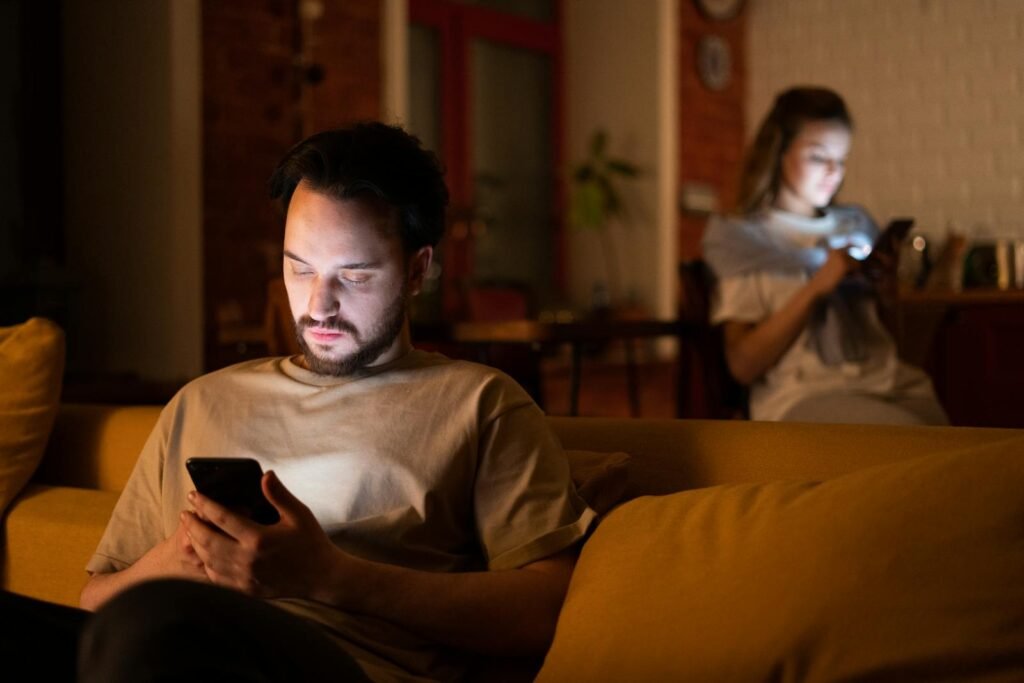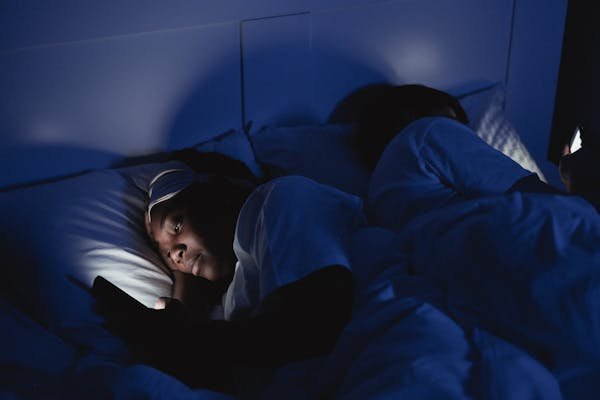We check our phones more than we check in with ourselves.
And it’s not by accident.
There’s a silent force at work—something baked into your daily rhythm. It doesn’t ping, but it pulls. It doesn’t shout, but it steals.
It’s not caffeine. Not sugar. Not even social media.
It’s the dopamine feedback loop—the addiction you didn’t sign up for but can’t seem to escape. Let’s break it open.
The Hidden Habit That Runs Your Life
Wake up. Scroll.
Work break. Scroll.
Dinner cooking. Scroll.

Smartphones have become the default escape in quiet moments. But the real threat isn’t just screen time. It’s the habitual reach, triggered hundreds of times a day.
That reach is driven by your brain’s natural dopamine response—a quick shot of feel-good chemical every time you:
- Refresh your feed
- See a notification
- Open TikTok or YouTube Shorts
Over time, your brain starts to crave the action of checking, not the reward itself.
This isn’t just distraction. It’s dependency.
The Neuroscience of the Scroll
Here’s what’s happening under the surface:
Every time you check your phone, your brain fires up its reward system. But here’s the twist: it rewards anticipation more than fulfillment.
So you start scrolling looking for something—even if you don’t know what.
This leaves you:
- Restless
- Anxious
- Tired but wired
That feedback loop has a name: Dopamine-driven attention hijack.
How Bad Is It, Really? (The Data Speaks)
Here’s a breakdown of how screen addiction is spiraling globally:
| Statistic | Global Average (2025) | Source |
|---|---|---|
| Average daily phone pickups | 96 per person | RescueTime |
| Average screen time | 7 hours 11 minutes | DataReportal Global Report |
| Teens checking phones at night | 72% | Common Sense Media |
| People who feel anxious without phone | 67% | Pew Research Center |
But Why Don’t We Stop?

Because this addiction wears a mask:
- Productivity apps
- News alerts
- Group chats that feel important
- “Just checking something” moments
The habit looks useful. But it’s eating your attention span, sleep quality, memory, and mental bandwidth.
You’re always switched on.
You’re always behind.
You’re always checking.
And here’s the hard truth: You didn’t choose this loop. The loop chose you.
What Happens If You Don’t Break It

Chronic digital exposure has been linked to:
- Sleep disorders
- ADHD-like symptoms
- Emotional blunting
- Decreased deep focus
- Mental fatigue
Even relationships suffer. How often do conversations end with: “Wait, what did you say?” while one person checks their phone?
We’re building a world of distracted minds—and lonely hearts.
The Way Out (Starts Small)

You don’t need a digital detox retreat in the Himalayas.
You need to break the loop, one habit at a time:
1. Disable notifications for non-essential apps
2. Keep your phone outside the bedroom
3. Use grayscale mode: It removes visual triggers
4. Schedule scroll time (not in the morning or before bed)
5. Replace idle scrolling with something tactile: paper, walking, music, journaling
Most importantly:
Track your triggers. Notice when and why you reach for your phone. Awareness creates space for choice.
Final Thought: This Isn’t Just About You

This isn’t just your attention.
This is a generation-wide reprogramming of how we:
- Work
- Love
- Rest
- Think
If you reclaim your attention, even partially, you begin to reshape your inner world—and maybe, eventually, the outer one too.
Because if this habit controls everything, then changing it changes everything.
| Source | Link |
|---|---|
| RescueTime – Digital habits report | Visit |
| Common Sense Media – Teen Screen Use | Visit |
| DataReportal Global Overview 2025 | Visit |
| Pew Research – Anxiety & Phones | Visit |
More Stories
Justicia Wynaadensis for Hair Growth: Does It Really Work?
Amazon Great Freedom Festival 2025: What to Grab and What to Skip
Justicia Wynaadensis (Maddu Toppu / Aati Toppu): The Sacred Herb of the Western Ghats